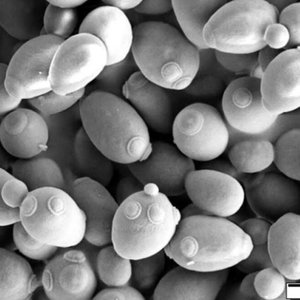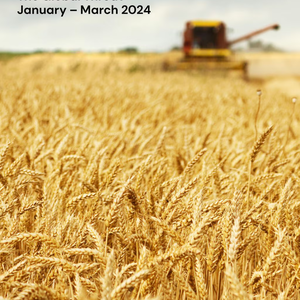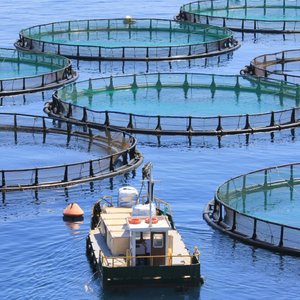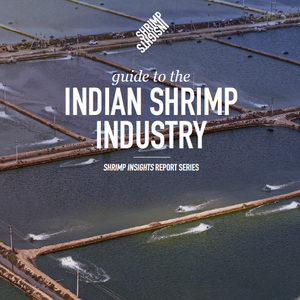Soybean Meal Aquaculture Database Established
The United Soybean Board’s Soy-in-Aquaculture(SM) Managed Research Program (SIA) and Archer Daniels Midland Company (ADM), have announced a collaborative effort to establish a new soybean meal (SBM) database designed to help feed formulators use SBM in diets fed to aquatic animals. The goal is to link biological responses of targeted aquaculture species with nutrient and anti-nutritional factor (ANF) concentrations in SBM. This characterization is important because ANF levels in SBM vary depending on factors such as cultivar and growing conditions and there are relatively few definitive data on the effects of ANF in aquaculture species.
The purpose of this newly-established program is to develop a database that will serve as a ready source of information for the use of SBM in diets fed to aquatic animals, and will reduce the speculation regarding the factors limiting its use. Beginning this year, SIA/ADM will, free of charge, quantify the concentrations of lectins, oligosaccharides and trypsin inhibitors in SBM samples prior to testing in diets fed to any aquatic animal. These data and resulting biological responses will then be available to all interested parties to aid in the formulation of diets and to serve as an important summary of SBM use for future evaluations. The following information must be available for the intended species:
• An estimate of the optimal dietary crude protein concentration;
• An estimate of the optimal ratio of crude protein to non-protein energy; and
• Quantitative requirements for lysine and methionine in the target species (if the essential amino acid concentrations have not been quantified and/or the methodology for quantifying them is suspect, this requirement may be waived).
Investigators will be responsible for characterizing the nutrient content of the SBM sample and other ingredients used in test diets such that diets are formulated on an amino acid basis. Minimal sample size for characterization is 200 g dry weight and all samples must be finely ground prior to submission. Samples must be submitted at least four weeks prior to starting studies.
Investigators are also expected to provide the biological response data (feed intake, weight gain, feed conversion ratio, survival, nutrient digestibility, and all other data collected as part of the trial) for inclusion into the SIA database. Investigators are free to choose what response data are collected. Submission of biological responses to the database does not preclude publication in other venues.
For more information, please contact http://www.soyaqua.org/, Dr. Paul Brown,










